Your shopping cart is empty!
Recommended solution | Face the "chaos in tanker transportation" and use technology to protect "safety on the tip of the tongue"
This article effectively differentiates between gas and oil. And can effectively monitor the mixed detection of gas and oil.
Recently, some media investigated the chaos in tanker transportation and found that the liquids transported by some domestic general cargo tankers are not fixed. They not only carry edible liquids such as syrup and soybean oil, but also transport chemical liquids such as coal-to-oil. In order to save costs, many tankers do not clean the tanks during the transportation process, and some edible oil manufacturers do not strictly control and do not check whether the tanks are clean according to regulations, causing the edible oil to be contaminated by residual chemical liquids. This matter subsequently attracted widespread attention▲Related news reports▎What harm does mixing oil tanks with tank trucks do to the human body?According to relevant professionals, coal-to-oil is a chemical product that contains chemical raw materials such as heavy metals and benzene. It is inevitable that there will be residues when chemical raw materials are loaded and then edible oil is loaded. Long-term intake of edible oil containing these chemical residues may cause human poisoning, symptoms such as nausea, vomiting, diarrhea, and even irreversible damage to organs such as the liver and kidneys.▎Food testing protects the safety of the tongueFood is the first priority for the people, and food safety comes first. Ensuring that every link from food production to the table meets safety standards is an important basis for protecting public health, and the detection of food safety cannot be slackened. It is necessary to adopt scientific, efficient, and accurate detection methods and improve the detection system to conduct comprehensive and detailed monitoring and evaluation of harmful substances, additive residues, microbial contamination, etc. in food to ensure the safety of the tongue.▎How to detect different oil products?Raman or near-infrared spectroscopy technology can effectively distinguish between gas and oil. Raman spectroscopy is a non-destructive molecular spectrum that can perform qualitative and quantitative analysis of substances and can effectively monitor gas and oil mixing. It has the characteristics of fast analysis speed and no need to use any chemical reagents. When the tanker truck enters the factory, we can detect the residual oil on it and identify whether the oil it previously transported was edible oil, so as to conduct efficient food safety testing.
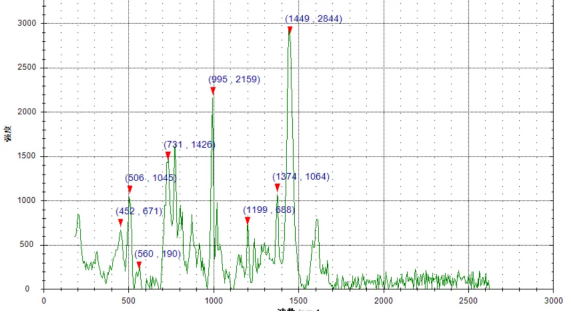
▲Raman spectrum of gasoline
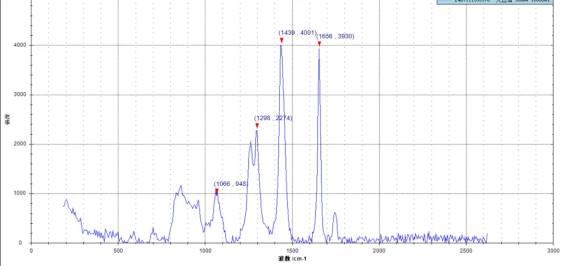
▲Raman spectrum of edible oil
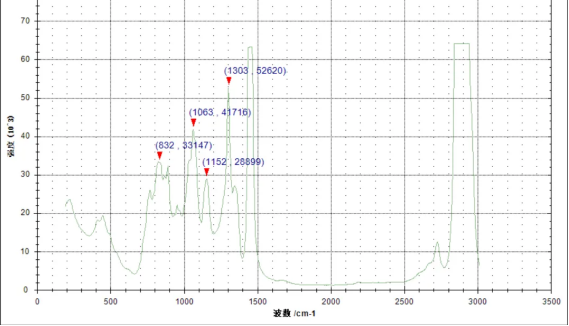
▲Raman spectrum of white oil
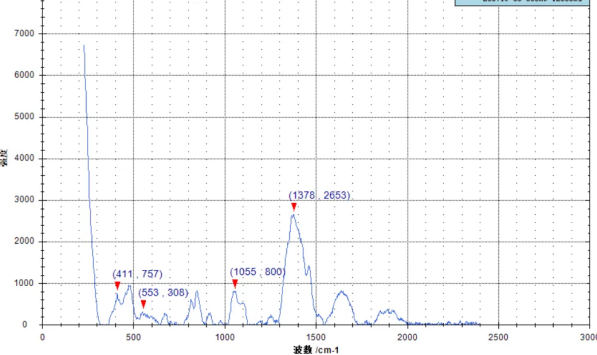
▲Raman spectrum of glycerol
As shown in the figure above, the characteristic peaks of the Raman spectrum of gasoline are 731cm-1, 995cm-1, etc.; the Raman characteristic peaks of edible oil are 1298cm-1, 1439cm-1, 1656cm-1, etc.; the Raman characteristic peaks of white oil are 1063cm-1, 1303cm-1, etc.; the Raman characteristic peaks of glycerol are 1055cm-1, 1378cm-1, etc. Coal-to-oil and mineral oil can be identified through different Raman characteristic peaks.
Near-infrared spectroscopy is also a molecular spectrum, which can also perform qualitative and quantitative analysis of substances. By analyzing the functional groups of different molecules in edible oil and coal-to-oil, it can effectively distinguish between edible oil and coal-to-oil.
Products Recommended
NY6000 Edible Oil Raman Comprehensive Detection System
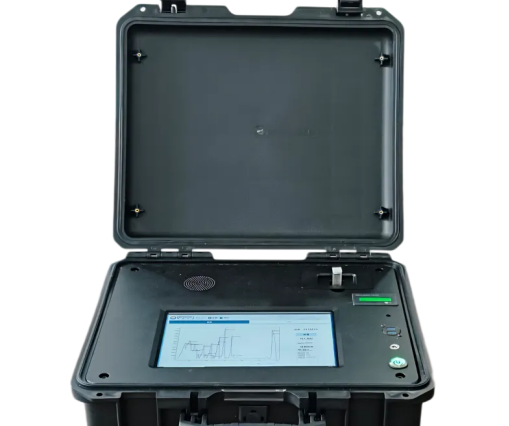
Product Features It can conduct quantitative and qualitative tests on the safety and quality indicators of edible oils without complex chemical experimental analysis.The use of high-sensitivity cooling CCD can detect the adulteration of low-doped edible oils.The instrument design takes into account both volume and performance, and meets the index detection of edible oils such as tea oil, soybean oil, and olive oil.Equipped with powerful and user-friendly spectral analysis software, one-click operation, whether it is an expert or a first-time user of Raman spectrometer, can quickly and accurately collect edible oil data.Non-destructive testing, fast detection speed, measuring a single sample takes only 30 seconds. ATR6600 1064nm Handheld Raman Spectrometer
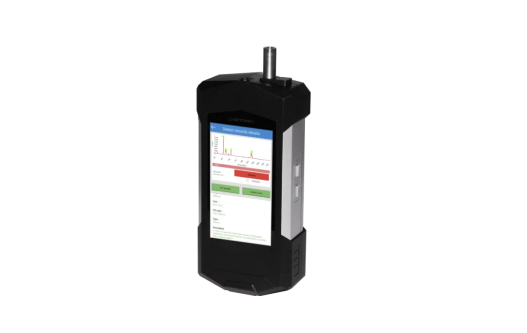
Product FeaturesBuilt-in 1064nm laser, which can minimize fluorescence interference, especially suitable for the detection of high fluorescence samples.Built-in precise Raman spectrum recognition algorithm, capable of detecting mixturesSupports users to add spectral data of edible oil, coal oil, etc., and is equipped with a standard spectral library of multiple substances to easily identify substances.Non-destructive testing, fast detection speed, measuring a single sample takes only 30 seconds.IR2200 Handheld Near Infrared Spectrometer
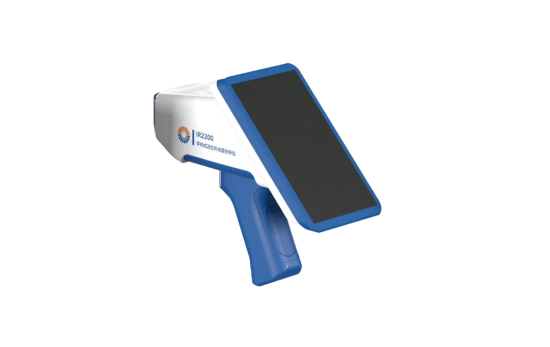
Product Features
·
Embedded operating system and independent realization of harmonic measurement, chemometric analysis, test result query and other functions.
·
Provide spectrum input for edible oil, coal-based oil, etc. to meet the inspection needs of tank trucks entering and leaving the factory.
·
Provide powerful spectrum viewing, spectrum processing and spectrum statistical analysis functions.
·
Integrated chemometric function to achieve sample qualitative identification, quantitative prediction, spectrum matching and other functions.
·
Non-destructive testing, fast detection speed, measuring a single sample takes only 30 seconds.
As shown in the figure above, the characteristic peaks of the Raman spectrum of gasoline are 731cm-1, 995cm-1, etc.; the Raman characteristic peaks of edible oil are 1298cm-1, 1439cm-1, 1656cm-1, etc.; the Raman characteristic peaks of white oil are 1063cm-1, 1303cm-1, etc.; the Raman characteristic peaks of glycerol are 1055cm-1, 1378cm-1, etc. Coal-to-oil and mineral oil can be identified through different Raman characteristic peaks.
Near-infrared spectroscopy is also a molecular spectrum, which can also perform qualitative and quantitative analysis of substances. By analyzing the functional groups of different molecules in edible oil and coal-to-oil, it can effectively distinguish between edible oil and coal-to-oil.
Products Recommended
NY6000 Edible Oil Raman Comprehensive Detection System
Product Features
It can conduct quantitative and qualitative tests on the safety and quality indicators of edible oils without complex chemical experimental analysis.
The use of high-sensitivity cooling CCD can detect the adulteration of low-doped edible oils.
The instrument design takes into account both volume and performance, and meets the index detection of edible oils such as tea oil, soybean oil, and olive oil.
Equipped with powerful and user-friendly spectral analysis software, one-click operation, whether it is an expert or a first-time user of Raman spectrometer, can quickly and accurately collect edible oil data.
Non-destructive testing, fast detection speed, measuring a single sample takes only 30 seconds.
ATR6600 1064nm Handheld Raman Spectrometer
Product Features
Built-in 1064nm laser, which can minimize fluorescence interference, especially suitable for the detection of high fluorescence samples.
Built-in precise Raman spectrum recognition algorithm, capable of detecting mixtures
Supports users to add spectral data of edible oil, coal oil, etc., and is equipped with a standard spectral library of multiple substances to easily identify substances.
Non-destructive testing, fast detection speed, measuring a single sample takes only 30 seconds.
IR2200 Handheld Near Infrared Spectrometer
·
Embedded operating system and independent realization of harmonic measurement, chemometric analysis, test result query and other functions.
·
Provide spectrum input for edible oil, coal-based oil, etc. to meet the inspection needs of tank trucks entering and leaving the factory.
·
Provide powerful spectrum viewing, spectrum processing and spectrum statistical analysis functions.
·
Integrated chemometric function to achieve sample qualitative identification, quantitative prediction, spectrum matching and other functions.
·
Non-destructive testing, fast detection speed, measuring a single sample takes only 30 seconds.
Search
Categories
Popular Posts
Latest Posts


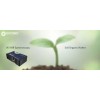
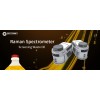
-100x100.jpg)
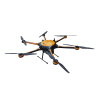
















Comments: 0
No comments